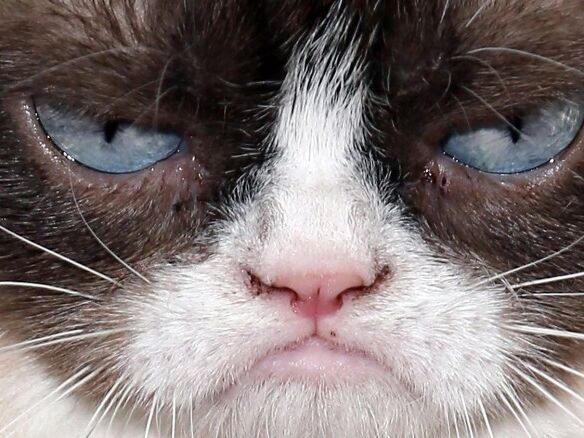Bathtubs, Earplugs & A Pickaxe
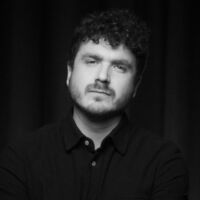
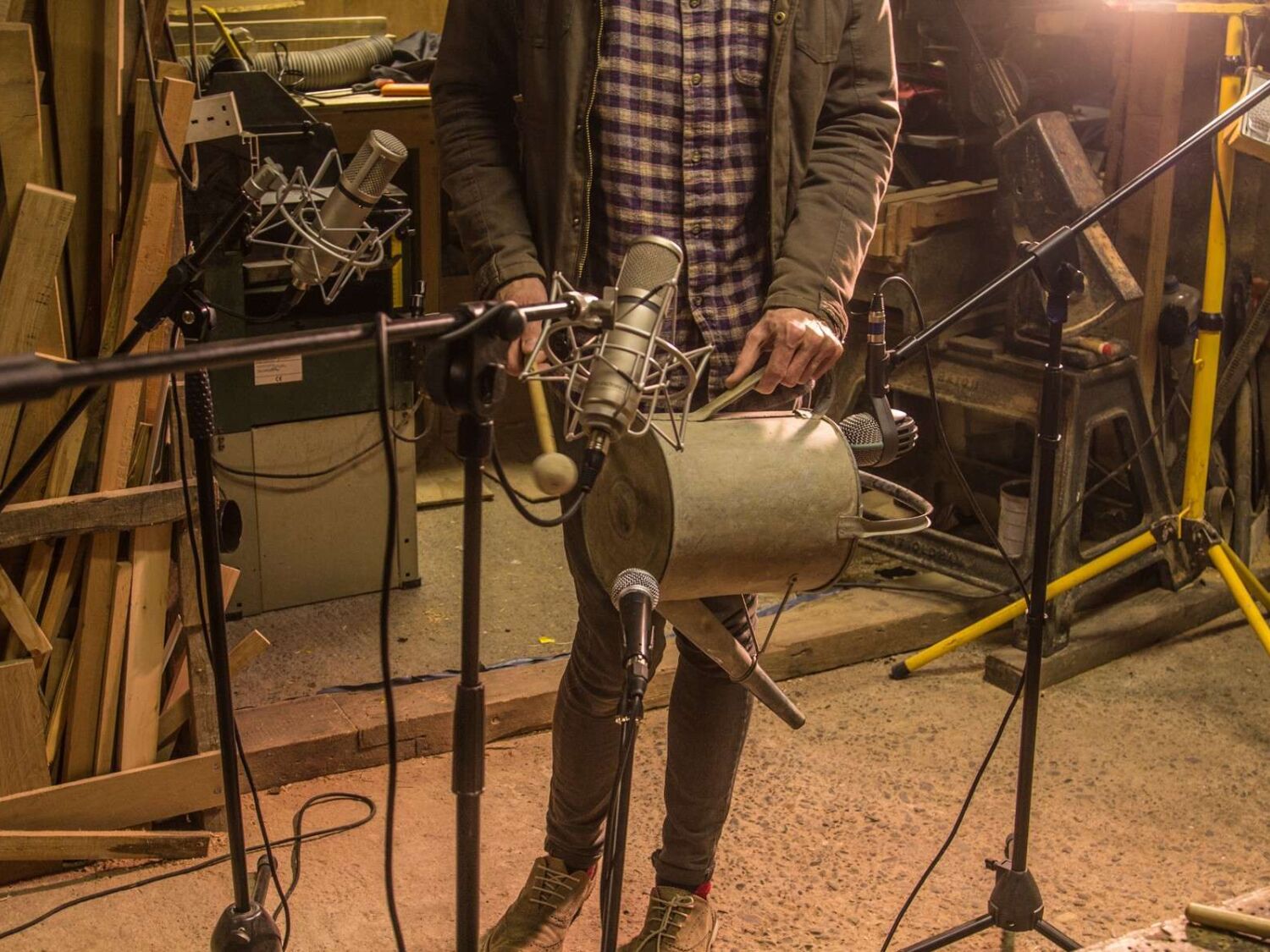
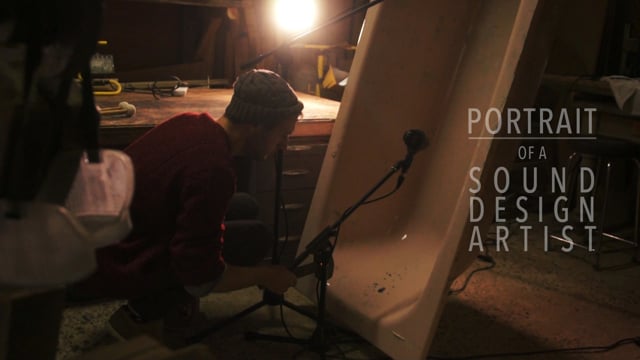
It’s early October and I’m standing on the side of a grassy hill, surrounded on all sides by ominous mountains and thick, grey fog.
Two skinny figures drag a bathtub into a shed. One of them picks up a large mallet whilst the other timidly closes the door behind them. For the next hour, loud bangs, thuds and crashes repeatedly echo throughout the desolate valley.
Welcome to the eccentric world of sound design.
I’d previously worked with Ali Lacey during post-production on my debut feature film, The Better Man. He offered to help with the audio production, and his deep understanding of sound became apparent from the outset. When I met him he was working on a sound library that he had created entirely from a small toy piano. It baffled me how someone could forge such a huge array of eerie and haunting tones from a cheap toy that you’d probably find in a car boot sale for 50p. One evening, Ali mentioned a plan to drive to a wood workshop in mid-Wales to record some new sounds. My curiosity got the better of me; I was eager to go along and watch him in action.
To say that the car was full would be an understatement. Microphone stands, boxes of cables and various bits of audio gear were carefully wedged into the vehicle like an expensive game of Tetris before figuring out how Ali’s brother, Liam, would fit in, not to mention all my camera gear….
We soon arrived at Stylee Studios, owned and built by Ali’s father, John. The car was unpacked and the brothers soon started wandering around the area looking for objects that they might get interesting sounds from. John opened the doors to his workshop and it soon became apparent why Ali had chosen this location for sampling; the room was littered with an assortment tools and bits of metal. I couldn’t wait to see what he could do! Ali wasted no time in setting up his temporary recording setup before he got to work.

Time to talk kit.
For this shoot, I brought my trusty Sony NEX-VG10e for the majority of the shots and a Canon 60D for specific slow motion shots in 60 fps. My lenses included the Canon 10–22mm wide-angle, Canon 24–105mm L-series, Sony 18–200mm and the Sony 50mm prime. I also brought my shoulder mount, two tripods and a glide-track for some panning shots. For audio, I used a Rode NTG2, a microphone stand (very handy on one-man shoots!) and a Zoom H4n recorder.
When making a documentary, or any film for that matter, it’s essential to already have a direction planned out, even if it’s just in your head. A week before the shoot, I’d written a few questions to ask Ali and put together a rough script of how the film would play out, obviously depending on what footage I managed to capture. My plan was to film every single hit on each object and create a percussive climax to the film, which lead me to a problem that so many filmmakers know all too well — over-shooting.
"It’s better to find that confidence in yourself and your shots, learning to move on at the right time, instead of wasting time filming the same thing over and over again."
It’s so easy to over-shoot when making a documentary. You assume that everything needs to be captured because you’re terrified that you’ll miss that golden moment. It can be an advantage to have a vast range of shots, but when it comes to editing your footage together, you’ll find yourself scratching your head and shouting at the screen, suffocating beneath the sheer volume of footage that you have to trawl though. It’s better to find that confidence in yourself and your shots, learning to move on at the right time, instead of wasting time filming the same thing over and over again.
I found that I was filling up my memory cards pretty quickly — always make sure that you’ve got your laptop to hand and back that footage up! You can have the most expensive camera in the world and capture the most incredible beautiful footage, but it means nothing if you don’t look after your data. Get yourself several portable hard drives and keep that footage safe. Treat it like your only child.
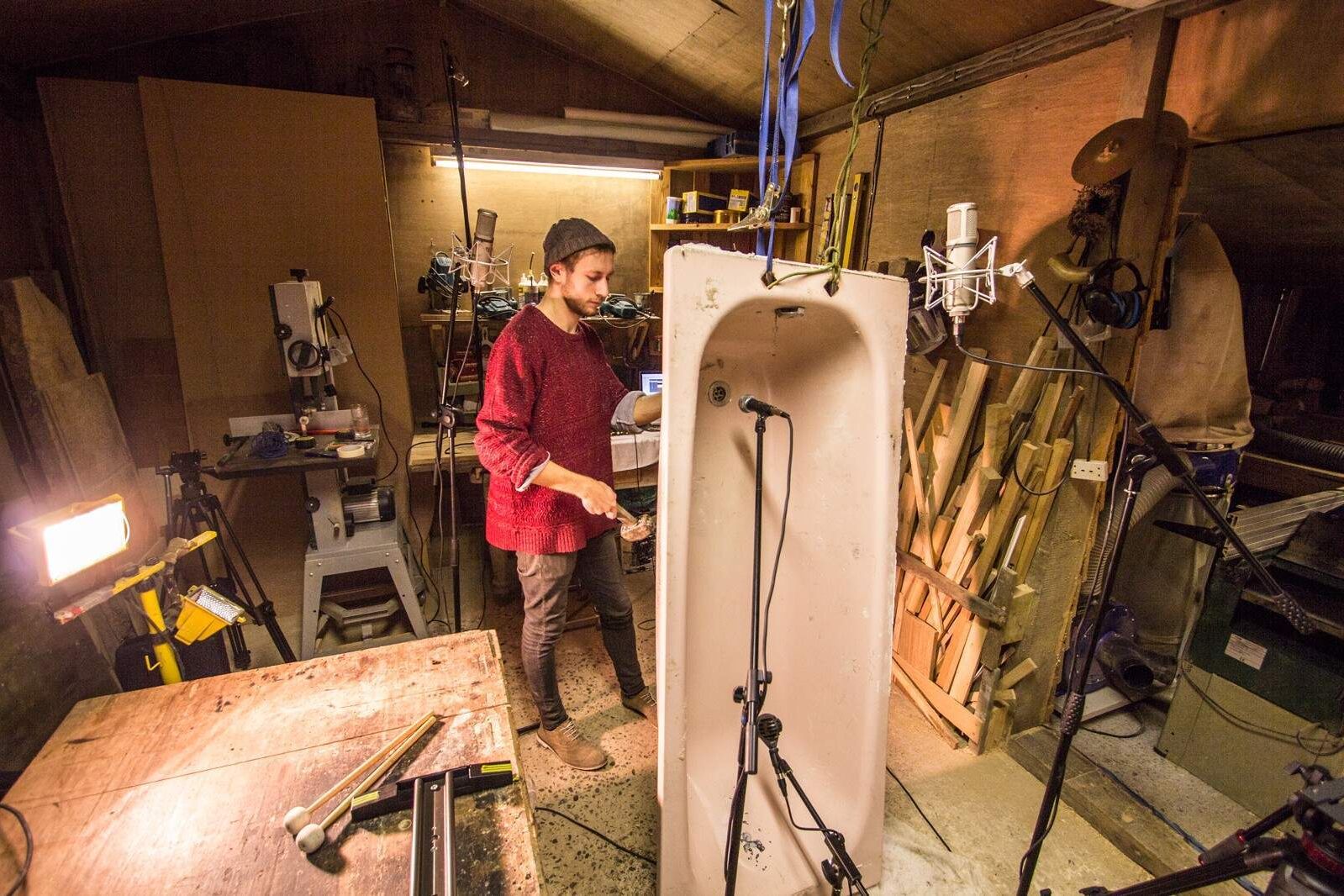
The great thing about shooting for a documentary is that there aren’t really any major rules with your storytelling; You can shoot your film however you want, but remember to film establisher shots; they give the audience some context. In this case, I was slap-bang in the middle of a beautiful Welsh valley, so I had plenty of choices. Do whatever it takes to get that perfect establisher — climb a hill, stand in streams, trek through fields; it’ll be worth it when it comes to the edit!
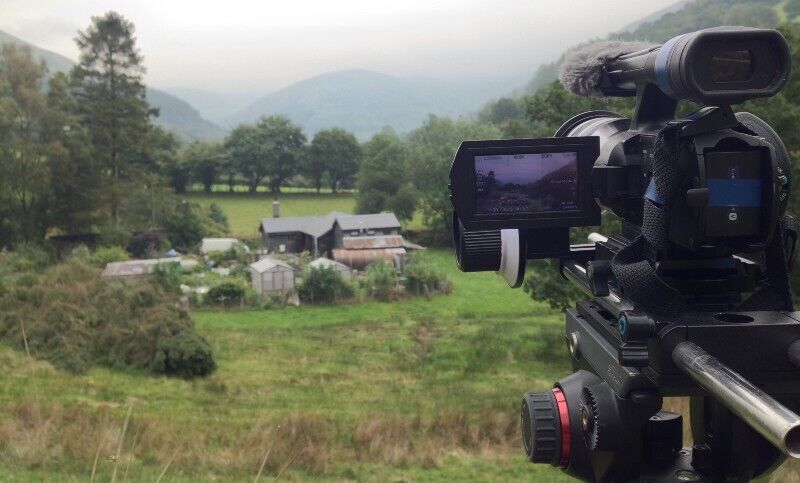
Another good tip is to add a beautiful, slow-moving glide shot to your film. Trust me — a well-executed glide never goes un-noticed. Don’t be afraid to try out some new angles. If it doesn’t work, who cares, move on! I loved using the 10mm wide-angle and getting really close to the bath just as Ali was about to hit it with a mallet. It really accentuated the force of the impact.
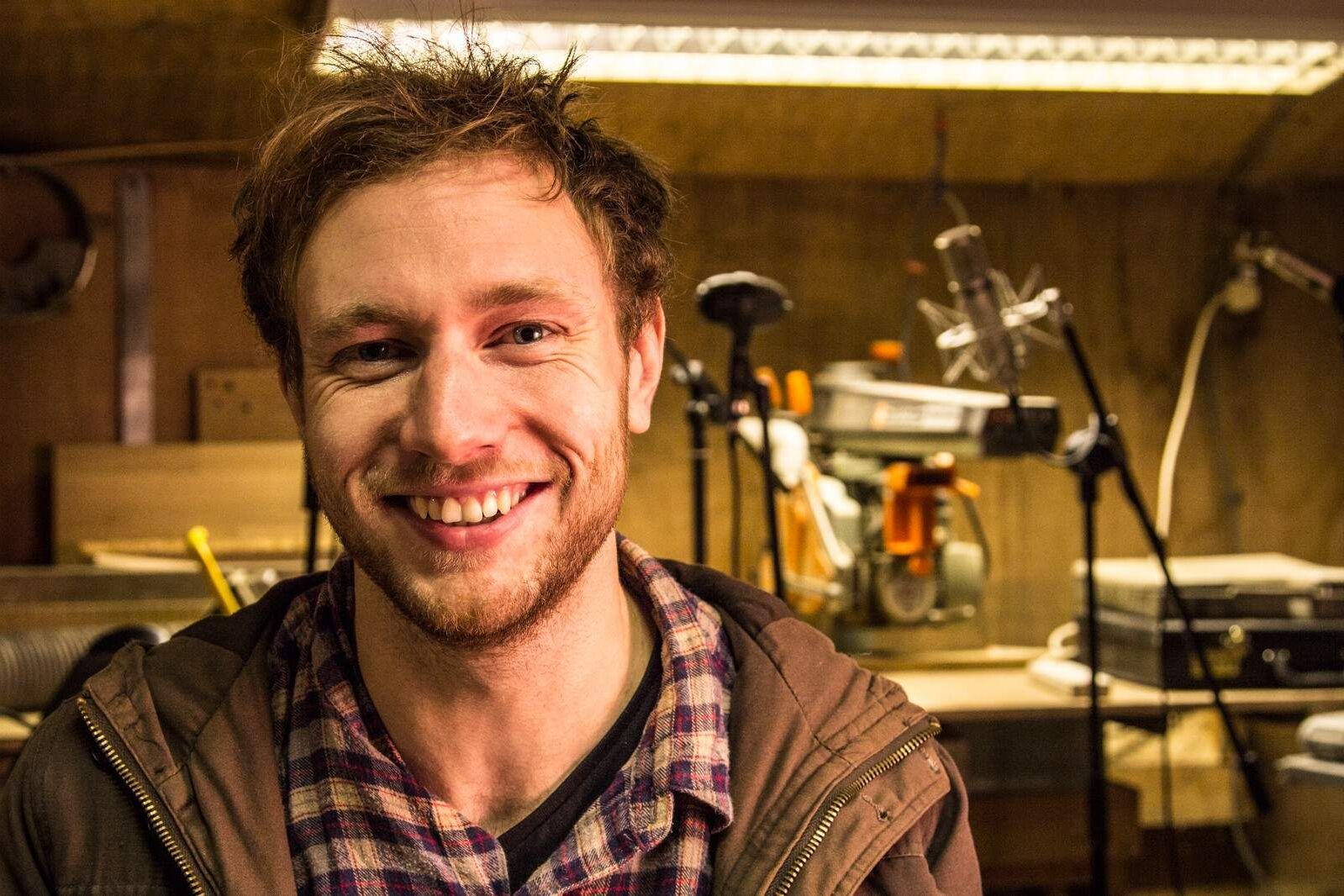
The interview with Ali was incredibly important. It’s the backbone of the film. It carries the audience through and gives us an insight into the man behind the microphone. I have five tips for setting up and shooting an interview:
- Prepare questions for your subject beforehand and write these questions with your edit in mind. Think about what you’d like them to say and phrase your questions in a way that allows them to expand on the point you’ve raised.
- A two-camera set-up is easy and effective. I usually have one camera locked off on a wide, leaving a second camera to get a slightly closer angle of the subject. My main reason for shooting this way is that it makes the editing process incredibly easy — it allows you to chop up sentences without having those awful jump cuts; you simply switch between shots!
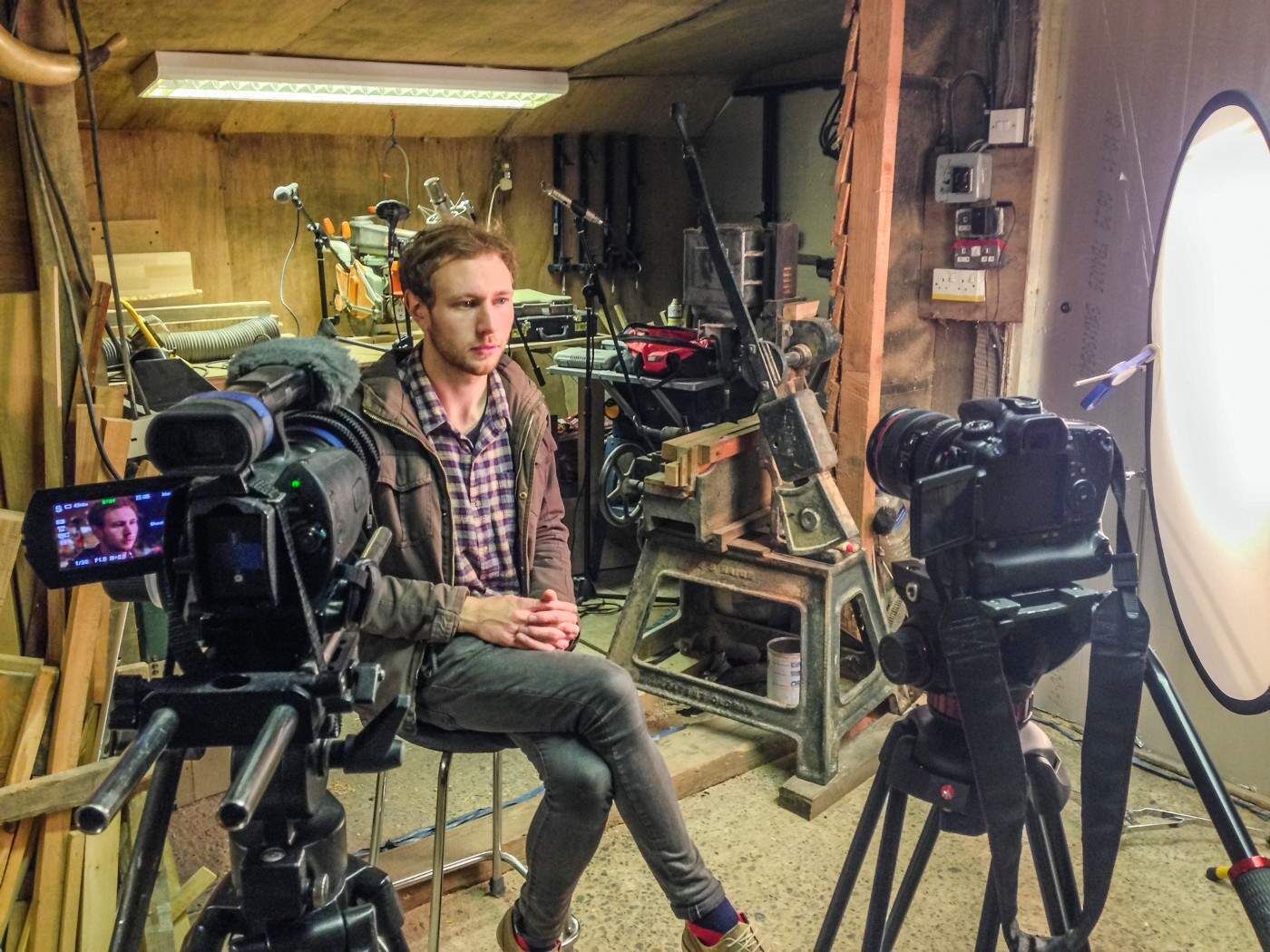
- Lighting can mean the life or death of a shot. Three-point-lighting is a tried and tested solution and I always try to follow it whenever I can. However, due to my lack of lighting gear on set, I had to use a work-lamp to light Ali’s face. Using a microphone stand, I clamped and held up the inner section of my reflector, using it as a diffuser. I decided to light the area behind Ali using the ceiling mounted strip-light, allowing me to create a moody and aesthetically pleasing background set.
- Set design is a fantastic tool. It gives the filmmaker an opportunity to allow further insight into the subject. With this in mind, I grabbed some microphones and whatever tools where lying around the workshop and dressed the set behind him. Both microphones and tools act as a direct association with Ali’s passion and current work.
- Now that everything is set up for the visuals, you need to get your audio sorted. Make sure you’ve got a decent pair of headphones that will give you a truthful representation of what you’re recording. I decided to hold my microphone using a pistol grip; this allowed me to sit closer to Ali so that our interview could feel more like a casual chat.
"A great working relationship with other talented people is key to growing as a filmmaker."
Editing a project like this takes time; it doesn’t come easily. I went through four different versions of the film before settling on an edit I was happy with. Over a period of three days, I had collected an intimidating quantity of footage and it took me a good few hours to get my timeline looking anything like the narrative that I’d previously scripted. The edit was a complicated dance between the visuals and the audio. Ali was to score the piece, but before he could do that, I had to give him a rough cut to work to. I chose to edit my initial draft to a song from the Drive soundtrack, which I fell in love with whilst editing. That fling was short-lived however as Ali promptly threw his original score at me. It’s absolutely stunning, isn’t it? It’s almost entirely created from the sound of hitting a garden hoe with a hammer, transposed over a keyboard to make a playable synthesiser. It’s not often that you find people as talented as Ali when it comes to sound and audio, but if you do find them, utilise them as much as you can and offer your services in return. A great working relationship with other talented people is key to growing as a filmmaker. Once we’d combined Ali’s score with my edit, we went back and forth tweaking the visuals and the audio until the end result was something really special.
—
This wasn’t a commissioned piece, and I won’t see a penny from it, so why did I make this film? I just wanted to get up and make something cool! I wanted to make something that people could watch and enjoy as much as I enjoyed putting it together. The idea of working with someone who is so passionate about such a unique craft was all I needed. Most of all, I made it because this is what I love doing. When I hold a camera and I’m looking down the lens, I feel right at home. This is what I do, and I want to enjoy every single deafening moment of it.
